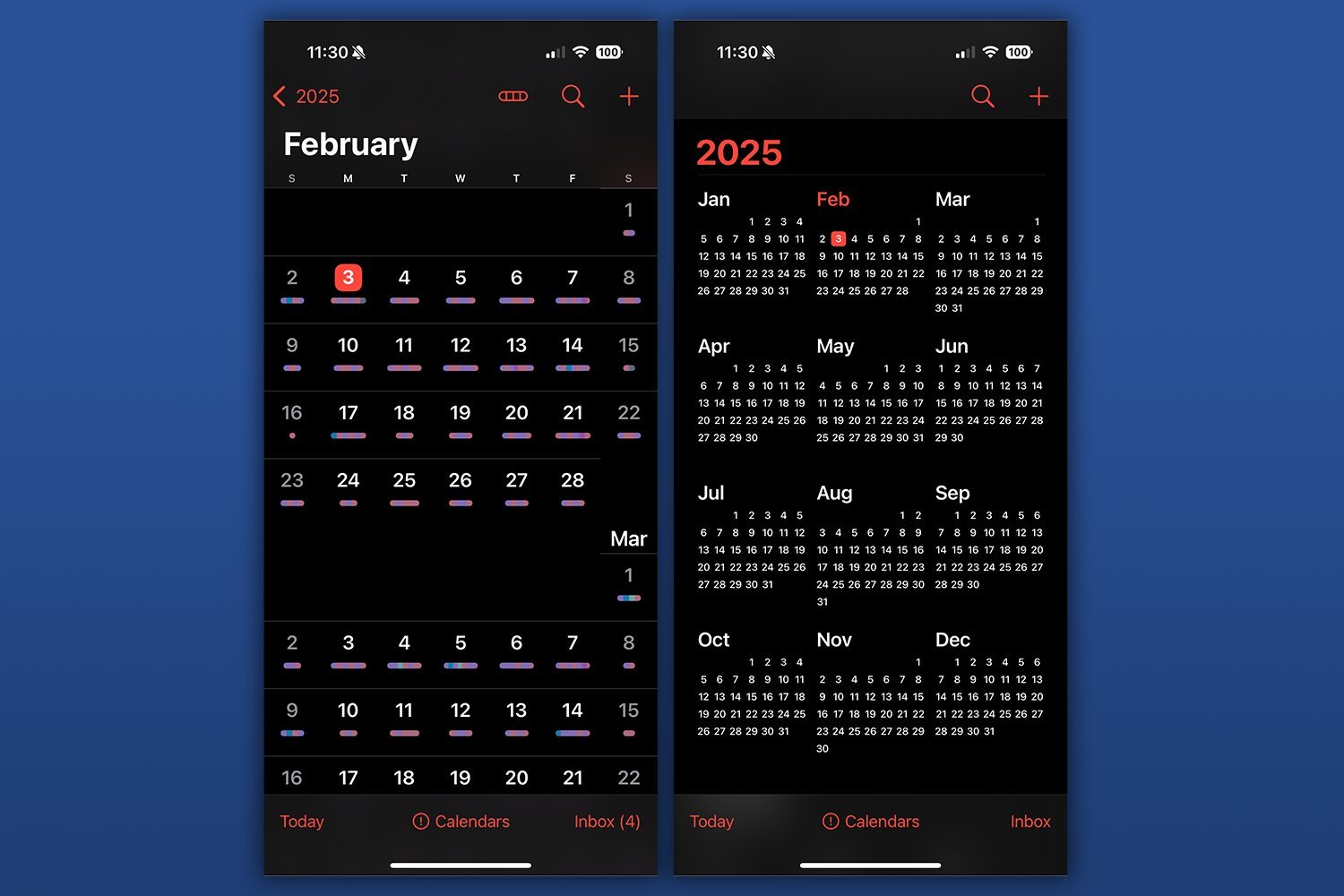According to a report by Semafor, The New York Times has begun allowing its product and editorial teams to utilize AI tools, which may potentially be used to generate social media copy, SEO headlines, and code in the future.
An email sent to staff announced the launch of Echo, the publication’s new internal AI summary tool, marking a significant development in the company’s adoption of artificial intelligence.
In addition to Echo, The New York Times has introduced a range of AI products that staff can leverage to develop web products or explore editorial ideas, accompanied by guidelines for the responsible use of AI tools. The editorial staff is encouraged to harness AI to propose edits, generate interview questions, and assist with research, while being cautioned against using AI to draft or substantially revise articles or input sensitive source information.
The guidelines also hint at the possibility of the Times utilizing AI to implement digitally voiced articles and translations into multiple languages, further expanding the potential applications of AI in the publication’s operations.
As reported by Semafor, The New York Times has approved the use of various AI programs, including GitHub Copilot programming assistant, Google’s Vertex AI, NotebookLM, select Amazon AI products, and OpenAI’s non-ChatGPT API through a business account, for coding and product development purposes.
This move towards embracing AI tools comes at a time when The New York Times is still engaged in a lawsuit against OpenAI and Microsoft, alleging that the companies have violated copyright law by training generative AI models on the publisher’s content without permission, as previously reported by TechCrunch.
Source Link





